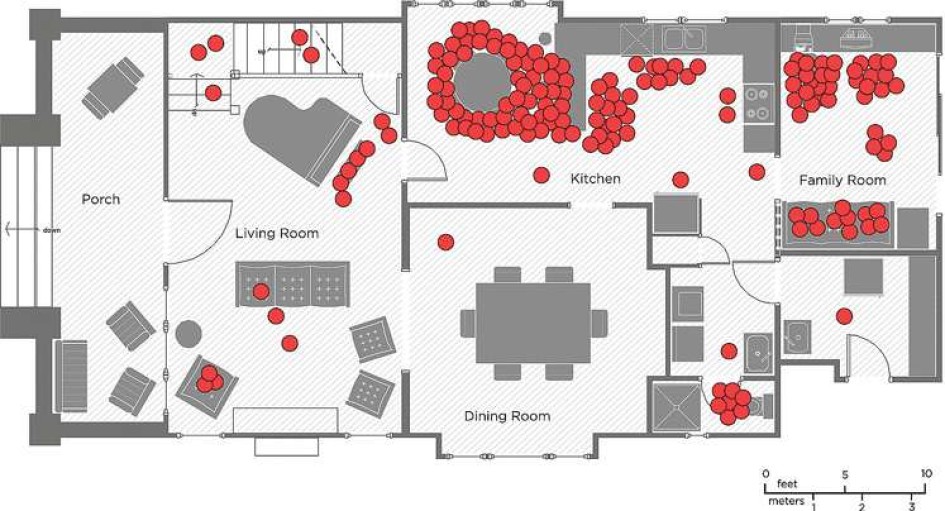How to Decide on the Best House Size
Deciding on the best house size is harder than it looks. Most buyers want big houses, but data shows not everyone uses all their space. Here’s how to choose.
For generations, Americans have equated having a big house with being successful. A key marker of success in American culture is home ownership. The bigger the home, the better.
But data shows that homeowners don’t necessarily use all of their home space. In this article, we’ll take a closer look at the issue to help you determine what size house you should buy. We’ll offer tips to balance getting the most use of your home while maximizing its value over the long haul.
Houses today are really big
The average size of new homes built in the U.S. is much bigger than it used to be. Census data shows that the average size of a new home is 2,687 square feet. That’s more than 1,000 square feet more than the average size of a new home built in 1973, the first year the Census started tracking this data.

As the chart above shows, during the same period average household size shrunk. It went down from 3.01 people per household in 1973 to 2.54 in 2015. So while our houses are larger than ever, fewer people than ever live in them.
Big homes and wasted space
When UCLA researchers set out to study the living habits of American families recently, they found something unsurprising but interesting nonetheless. While home size is growing, there has not been a corresponding increase in use of these larger living spaces. Not surprisingly, the most highly-trafficked areas of the house are the kitchen and the family room.
Here’s a diagram from the UCLA study that shows the typical family’s gathering habits during waking hours. Note how sparsely inhabited the dining room, living room, and porch are.

The study also showed that despite these facts, Americans tend to prioritize bedrooms when remodeling their homes instead of the areas that get the most use.
Impacts of the pandemic
Of course, the coronavirus changed a lot about the behaviors of homebuyers and sellers. With many families spending months inside in close quarters, having extra space in which to retreat becomes a luxury. All that underused outdoor space also takes on added attraction.
Moreover, the accelerated trend of remote work pushed many households to double down on building a home offices. Previously underutilized dining rooms, breakfast nooks, and spare bedrooms make targets for converted work space.
Right size or right value?
All this presents an interesting conundrum for homebuyers. When it comes to value, if the market seems to prefer larger homes, especially in a post-COVID-19 world, should you buy something larger than what you actually need in order to maximize resale value? Or should you focus on picking a home that contains just the amount of space you think you’ll use and nothing more?
Assuming you’ve explored some of the obvious considerations for choosing the size you need, here are some additional questions to consider:
- Do you need a lot of storage?
- Do you plan to expand your family?
- Do you need a home office space?
- Do you spend a lot of time outdoors?
- How often do you have overnight guests?
Going back to the Census data cited above, if you’re anything like the average American household, you may not need more than two or three bedrooms based on the size of your family alone.
But more is better, right? Not so fast.
Sometimes more is just more
Despite our grand-sized preferences for houses, it’s also true that homes with smaller square footage command higher-per-square-foot costs. The price per square foot rises as the size of the home decreases and it decreases as the size of the home increases.
This means that when it comes to size, every additional square foot doesn’t correspond to additional value. It’s just not a linear function. In other words, once you get beyond the kitchen, living room, dining, and first bedrooms and bathrooms, the value you gain with each extra room diminishes.
Ready to Get Started?
Sell as-is. Pay zero fees to Sundae. Move on your time. No repairs, cleanings, or showings.
